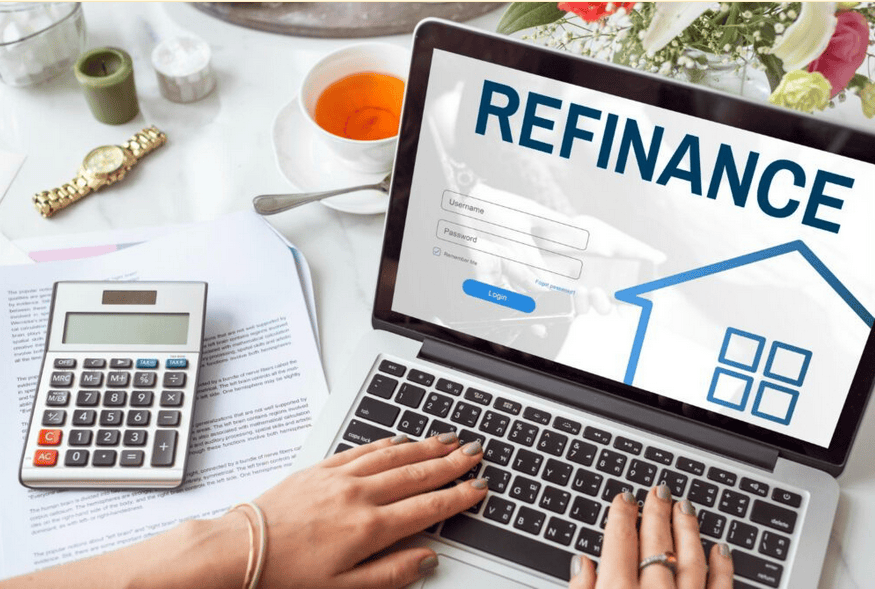As we move through 2025, homeowners are increasingly asking: is now the right time to refinance my mortgage? With shifting economic conditions, refinancing can be a smart financial move—but only if the timing and circumstances align. This article dives into what refinancing entails, its benefits and costs, and key factors to consider in 2025. Whether you’re aiming to lower your monthly payments, snag a better interest rate, or access your home’s equity, this guide will help you decide if refinancing is right for you.
Understanding Refinancing
What is refinancing?
Refinancing means replacing your existing mortgage with a new one, often to improve your loan terms. This could mean securing a lower interest rate, reducing monthly payments, adjusting the loan duration, or switching from an adjustable-rate to a fixed-rate mortgage.
Why refinance your mortgage?
Homeowners refinance for various reasons, including:
- Saving money with a lower interest rate.
- Easing cash flow by reducing monthly payments.
- Paying off the loan faster by shortening the term.
- Accessing equity for home upgrades, debt consolidation, or other needs.
Benefits of Refinancing
Lower interest rates
A drop in interest rates is a top reason to refinance. For instance, on a $300,000 mortgage, cutting your rate from 4.5% to 3.5% could save you over $50,000 in interest over 30 years.
Lower monthly payments
Refinancing to a lower rate or a longer term can decrease your monthly payment, freeing up funds for other priorities.
Changing loan terms
Switching from a 30-year to a 15-year mortgage can accelerate payoff and slash total interest, though it may raise monthly costs.
Cash-out refinancing
With equity built up, you can refinance for more than you owe and pocket the difference—ideal for big expenses like renovations or paying off high-interest debt.
Costs of Refinancing
Refinancing isn’t free. Here’s what to expect:
Closing costs
Similar to your original mortgage, closing costs (2%–5% of the loan amount) cover fees like loan origination, title searches, and legal services.
Appraisal fees
An appraisal, often costing a few hundred dollars, confirms your home’s current value.
Other expenses
Additional fees may include credit checks, inspections, and prepaid taxes or interest.
Calculating the Break-Even Point
To see if refinancing pays off, calculate your break-even point—the time it takes for savings to offset costs. Here’s how:
- Total refinancing costs: e.g., $5,000.
- Monthly savings: e.g., $200.
- Divide costs by savings: $5,000 ÷ $200 = 25 months.
If you’ll stay in your home beyond 25 months, refinancing could be worthwhile.
When to Refinance in 2025
Economic conditions to watch for
In 2025, a robust economy with low interest rates could signal a prime refinancing window. If rates are climbing, however, waiting might be wiser.
Interest rate trends
Track mortgage rates. If they’re at a low point, lock in savings. If they’re poised to drop further, patience could pay off.
Housing market conditions
Rising home values in 2025 could boost your equity, making cash-out refinancing more appealing.
Other Considerations
Your credit score
A higher credit score since your original loan could unlock better rates. Check it before applying.
How long you plan to stay
Short-term residents may not recoup refinancing costs. Long-term homeowners are more likely to benefit.
Your current loan terms
Have an adjustable-rate mortgage? If rates are set to rise, switching to a fixed-rate loan could offer stability.
Conclusion
Deciding to refinance in 2025 hinges on interest rates, market trends, and your financial goals. Weigh the benefits—like lower payments or equity access—against costs, and use the break-even point to guide your choice. Refinancing isn’t for everyone, so consult a mortgage expert to tailor the decision to your situation. With the right timing, 2025 could be your year to save big.
